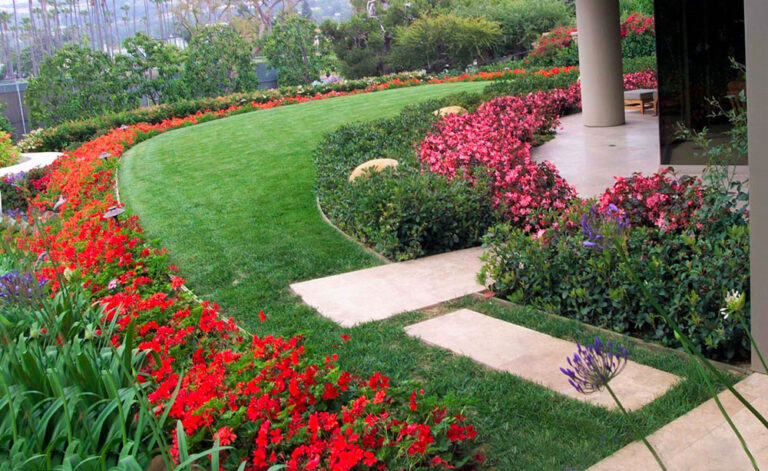Soil improvement is an ongoing process and can sometimes take ten or more years to build a productive garden soil. If a soil has too much sand or too much clay, the solution to both is the same add organic material.
Organic materials, also known as organic amendments, break apart tight clays, provide aeration and hold water and nutrients in loose sands. Organic materials include compost, peat and manure.
How do I amend my soil?

Add a two-inch layer of organic material over the surface of planters. We suggest using four cubic yards of organic material per 1,000 square feet. Mix the organic material in thoroughly with a tiller or spade to a depth of four to six inches.
What materials should I use?
The best organic amendments are coarse materials. Fibrous sphagnum peats work well, although more expensive than compost or manure. We do not recommend using dusty, fine peats, since they have a tendency to clog soil drainage. Good quality organic compost will not only add nutrition to plants, it will rebuild poor soils through addition of microbial and fungal activity (inoculation).
When to add Amendments:
Different varieties of plants require their unique amendments during the changing seasons. Rich organic compost can be added anytime per year. We suggest adding organic compost to the soil during late winter in preparation for spring. Adding compost to the soil is a fairly quick process and amendments can take several weeks for nutrients to percolate into the soil. Topping the planter with a layer of mulch after the addition of amendments will help conserve water and promote microbial activity between mulch and compost.
Did you give this a try? – Let us know how it went. Contact



